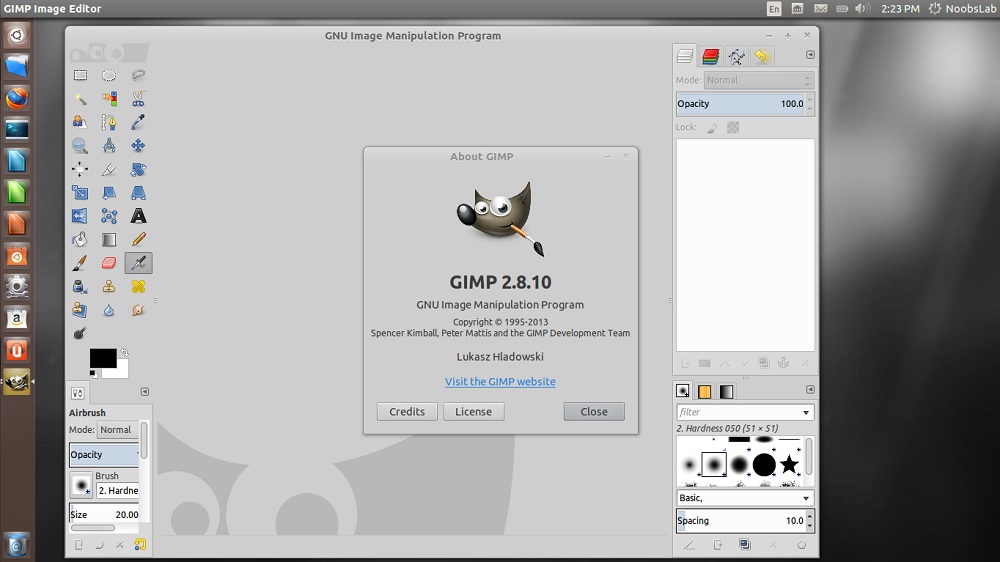

The default icon size is based on the screen resolution but you may change that to set a custom size. If you don't like the symbolic icon theme you may switch to another under Preferences > Interface > Icon Theme. Icons are separate from the theme so that you may switch icons or the theme without affecting the other. Just select Edit > Preferences > Interface > Theme to switch between the four different themes. Next to dark, there is a gray, light and system theme available that you may enable. GIMP 2.10 includes four different themes that you can switch between. The image editor has a new dark theme that supports symbolic icons and HiDPI support. The very first thing that existing GIMP users notice when they start GIMP 2.10 is that the interface has changed. GIMP 2.10 takes a while to open when you run it after installation but the loading is faster on consecutive starts. If you don't need Python scripting, disable that too to reduce the size by 31 Megabytes. Tip: select customize during installation to disable the installation of Translations which take a whopping 277 Megabytes of extra space. The image editor has a size of roughly 560 Megabytes installed on Windows if you only install the core editor. Users may download the latest GIMP release from the official project website where it is offered as a direct download and torrent. GIMP, an acronym for GNU Image Manipulation Program, is a free alternative to programs such as Adobe Photoshop or Corel Photo Paint that is especially popular in the GNU/Linux world. The new version of GIMP is the first major release after version 2.8 of the software was released nearly six years ago.


 0 kommentar(er)
0 kommentar(er)
